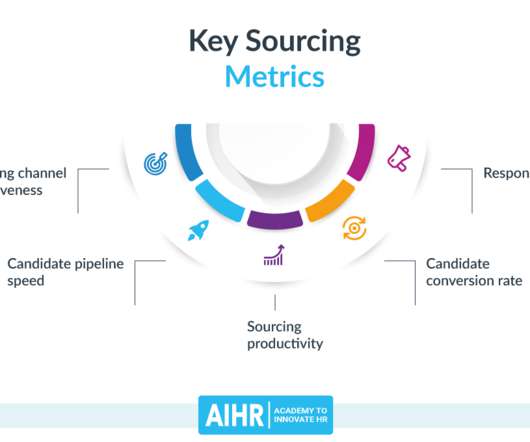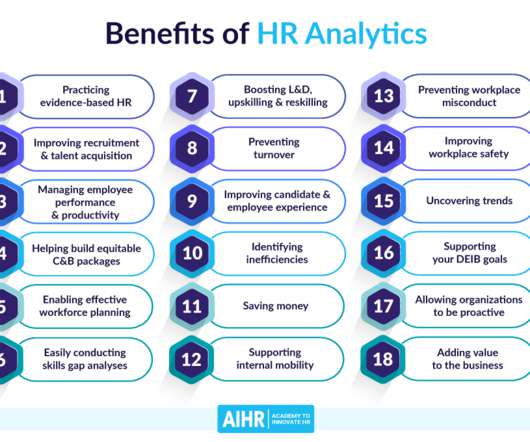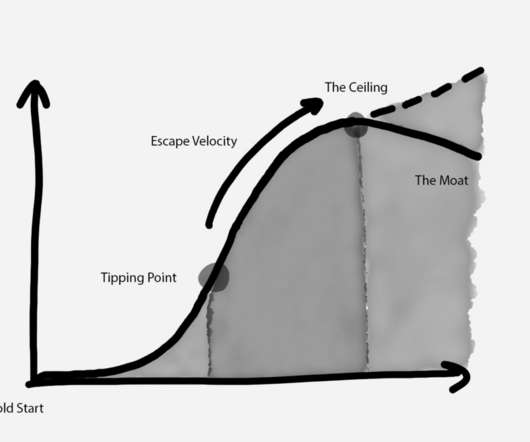5 Key Sourcing Metrics You Should Be Tracking
AIHR
OCTOBER 12, 2021
In the current job market, complicated by the COVID-19 pandemic, recruiters and sourcers face the challenge of finding qualified candidates for many unfilled roles. It forms part of the recruitment process and includes activities such as collecting data of candidates, titles, previous job experience, education. Why does it matter?











Let's personalize your content